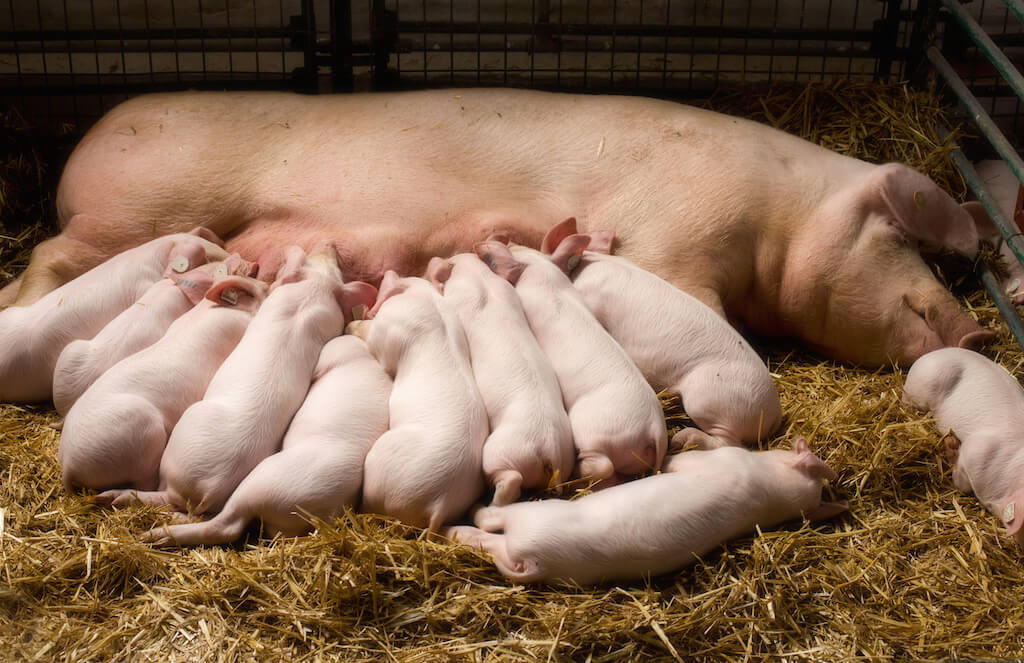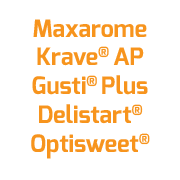Swine performance starts with sow milk
21/04/2023
1. Drivers of sow milk production
A sow uses 36.6% of her body mass per year to develop her piglets and 200% to produce the milk that feeds them. It is thus important to consider not only diet formulation, but also inherent feeding behavior to manage feeding in a way that ensures optimum health and performance of both the sow and her piglets. Dietary decisions for sows should relate to her nutritional requirements at different phases – gestation, parturition, lactation etc. Feed intake should also be considered, keeping in mind that functional nutrients and additives can also play an important role.
Genetic selection is essential to the future of sow milk production and quality. Over the past few decades, genetic improvement has resulted in an increase in litter size. Larger litters naturally result in a higher milk output, which in turn impacts a sow’s nutrient requirements. For example, the number of functional teats affects nutrient requirements. Estimates from Professor Bruno Silva (Universidade Federal de Minas Gerais – Brazil) indicate that energy and lysine requirements increase in conjunction with a higher number of both teats and piglets developing in the uterus. The number of piglets and their interaction with the mother, through suckling, are also important factors affecting milk production. An increase in litter size directly correlates to an increase in mammary gland tissue, resulting in higher milk production and, thereby, higher energy requirements.
PLEASE ENTER YOUR EMAIL TO ACCESS ALL CONTENT AND DOWNLOADS WITH ONE LOGIN
Hi ,
Please fill in your contact details to access all articles with just one login.




